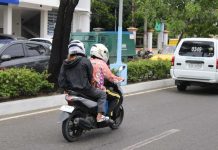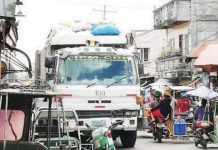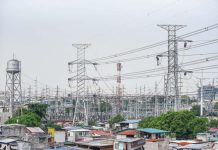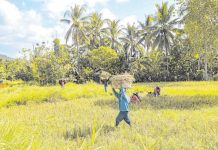
THE Philippines trails behind its peers and scores lower than the average of upper middle-income countries when it comes to human capital development and this needs to be addressed for the country to reach high-income status, a World Bank report released yesterday showed.
In its report “The Philippines Human Capital Review,” the World Bank gave the Philippines a Human Capital Index (HCI) of 0.52, indicating that a child born in the country in 2020 can only achieve 52% of their potential productivity by the age of 18.
This compares with the HCI of 0.69 for Vietnam, 0.61 for Malaysia and Thailand, and 0.54 for Indonesia. This is also lower than the average 0.56 for upper middle-income countries in the region.
The Philippines is currently categorized as a lower middle-income country with a gross national income per capita of $3,950, and seeks to reach upper-middle income country (UMIC) status — where countries have a GNI per capita from $4,466 to $13,845 — by 2025.
“Although the Philippines is expected to become UMIC by 2026, its human capital indicators fall short of a typical UMIC. Catching up with these peers will hence require more and better investments in human capital across the life cycle,” the World Bank report read.
The HCI measures the amount of human capital that a child born today can expect to attain by the age of 18. It takes into account key points under three dimensions — survival, learning-adjusted years of schooling, and health.
Across the six subcomponents, the Philippines performed lower than its regional peers in five — the probability of survival to age five at 0.97, harmonized test scores at 362, learning-adjusted years of school at 7.49, fraction of children under five not stunted at 0.7, and the adult survival rate of 0.82.
The country scored higher than its peers when it came to expected years of school at 12.95, higher than the average UMIC score of 11.8, Vietnam’s 12.86, Thailand’s 12.72, Malaysia’s 12.47, and Indonesia’s 12.39.
“It is important for the country to really catch up in these areas and investing in human capital is not only urgent but also important for the Philippines,” World Bank country director for Brunei, Malaysia, Philippines, and Thailand Ndiamé Diop said during the launch of the report in Taguig City.
“The country needs to catch up, you know, with regional peers, but also the long-term growth of the Philippines, also whether the Philippines will reach high-income economy and development status would really depend on investment in human capital today, so this is also what’s at stake,” he added.
The same report noted that the Philippines spends a larger share of its gross domestic product (GDP) on human capital, but initial analyses found that spending seems “less efficient and effective.”
The Philippines was found to have spent an average 4% of its GDP on education between 2018 and 2021, at par with Malaysia and one percentage point higher than that of Indonesia, Thailand, and Vietnam.







